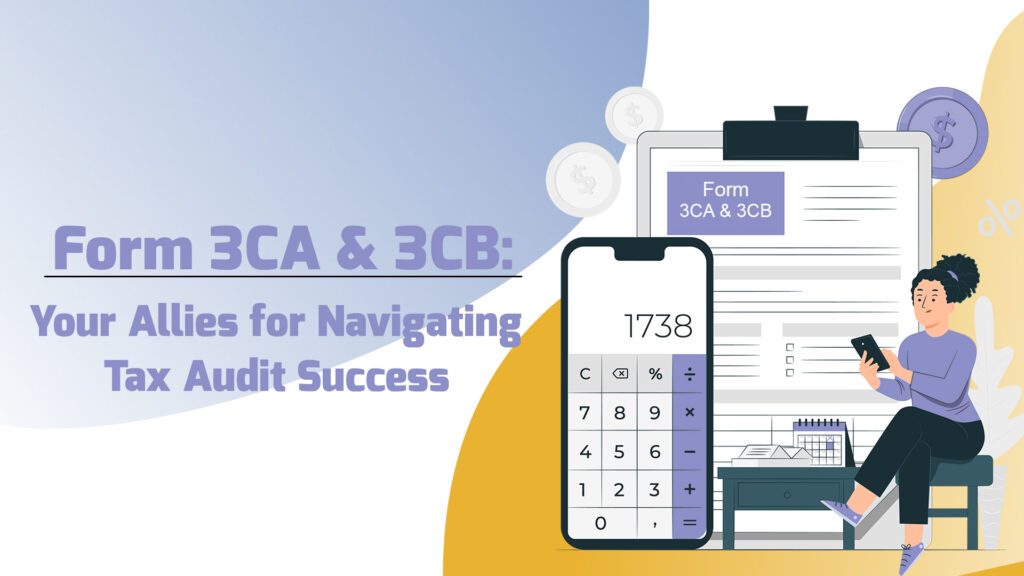
The Indian Goods and Services Tax (GST) system can occasionally be confusing, particularly if a SCN (show cause notice) is issued. Receiving a GST SCN indicates that something might be wrong with your tax returns. As such, you ought to take prompt, decisive action. In 2024, this blog offers detailed instructions on how to handle and reply to GST Show Cause Notices.
The tax authorities investigate anomalies in tax returns or compliance and issue a GST Show Cause Notice as necessary. To avoid legal action being taken against them, the taxpayer must provide justification. It’s important to know how to handle this process to avoid any issues because failing to reply may result in fines or legal action.
Key Steps to Handle and Respond to GST Show Cause Notices
1. Understand the Show Cause Notice
Take time to carefully read the SCN in order to comprehend why it was issued. The notice will list the claimed infractions, associated penalties, and response timeframes.
Bonus Tip: Determine the notice type and the provision under which it is issued (such as a notice of non-payment, non-filing of returns, or any disagreement).
2. Gather All Relevant Documents
Before preparing your response, collect all related invoices, tax returns, accounting records, and transaction proofs. This will help you substantiate your position and address the authorities’ concerns effectively.
Bonus Tip: Organize the documents by date and category for easy reference.
3. Consult with a Tax Professional
If the SCN involves complex issues or large sums of money, consult a CA or GST expert. A professional will guide you on the best course of action and help draft your response.
Bonus Tip: Reach out to GST Refund Services for expert guidance on managing GST disputes and Show Cause Notices.
4. Draft a Well-Structured Reply
Respond to the SCN in a clear and concise manner. Begin by acknowledging receipt of the notice and then address each point raised, providing supporting documentation where necessary.
Bonus Tip: Keep the tone professional and avoid any confrontational language. Address the errors, if any, and explain the reasons for any discrepancies.
5. File the Response on Time
Make sure you submit your reaction by the timeframe specified in the notice. If you don’t reply within the allotted period, you risk more fines or legal action.
Bonus Tip: Use the GST portal to file your response and keep a copy of the submission receipt for future reference.
6. Attend Personal Hearings
In some cases, the GST department may call for a personal hearing. Be well-prepared with all documents and clarify your stand on the matter. Professional representation can be helpful during such hearings.
Bonus Tip: Request for a written record of the hearing and follow up on any pending issues.
7. Follow Up with the Tax Authorities
After submitting your response, track the status of your case on the GST portal. In case you receive further communication, ensure timely compliance to avoid escalating the issue.


